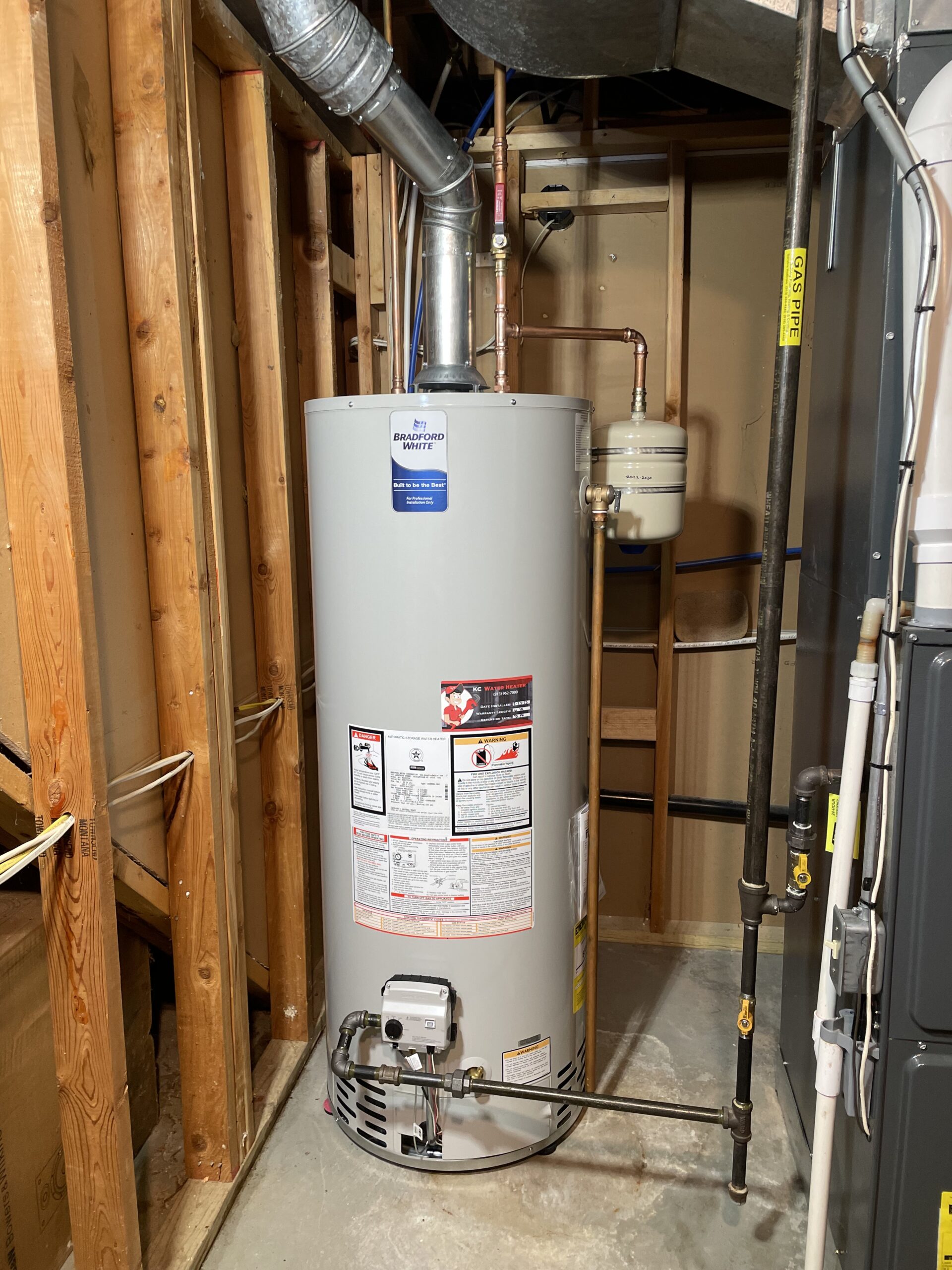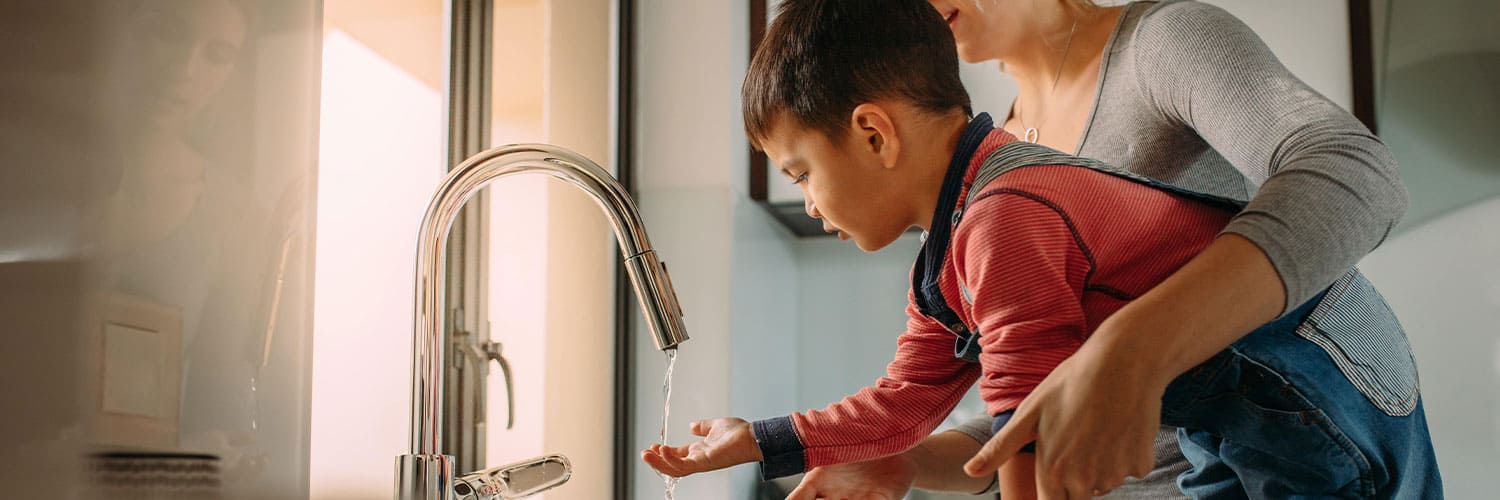Key Care Techniques for Your Home's Hot Water System
Key Care Techniques for Your Home's Hot Water System
Blog Article
Just about everyone has got their unique theory on the subject of How to Maintain Your Water Heater & Prolong its Life.

Hot water is necessary for daily comfort, whether it's for a revitalizing shower or washing meals. To ensure your hot water system runs effectively and lasts longer, normal maintenance is vital. This article gives useful pointers and insights on just how to maintain your home's hot water system to avoid interruptions and costly repair services.
Introduction
Preserving your home's hot water system may appear difficult, but with a couple of simple actions, you can guarantee it operates efficiently for several years to find. This overview covers everything from comprehending your warm water system to do it yourself maintenance ideas and recognizing when to contact expert aid.
Significance of Keeping Your Warm Water System
Regular upkeep not just expands the lifespan of your hot water system yet additionally ensures it operates successfully. Disregarding maintenance can result in reduced performance, greater power costs, and also early failing of the system.
Signs Your Hot Water System Demands Maintenance
Knowing when your hot water system needs interest can avoid significant problems. Watch out for indicators such as irregular water temperature level, weird sounds from the heating system, or rustic water.
Purging the Hot Water Heater
Flushing your water heater gets rid of debris buildup, enhancing effectiveness and prolonging its life.
Checking and Changing Anode Rods
Anode rods prevent corrosion inside the tank. Inspecting and changing them when broken is crucial.
Facility Concerns Calling For Specialist Assistance
Instances include major leaks, electric troubles, or if your hot water heater is constantly underperforming.
Regular Expert Upkeep Perks
Specialist upkeep can include thorough examinations, tune-ups, and making sure compliance with safety and security criteria.
Evaluating and Changing Temperature Setups
Changing the temperature settings makes certain optimum performance and security.
DIY Tips for Maintenance
You can execute several upkeep tasks on your own to keep your warm water system in leading condition.
Looking for Leaks
Regularly evaluate pipes and links for leakages, as these can result in water damages and higher costs.
Comprehending Your Hot Water System
Prior to diving into maintenance jobs, it's useful to understand the fundamental components of your warm water system. Typically, this includes the hot water heater itself, pipes, anode rods, and temperature level controls.
Monthly Upkeep Tasks
Regular month-to-month checks can help capture minor problems before they intensify.
Testing Stress Alleviation Valves
Checking the pressure safety valve ensures it works correctly and avoids too much pressure build-up.
Shielding Pipes
Shielding hot water pipes lowers warm loss and can conserve energy.
When to Call an Expert
While do it yourself upkeep is helpful, some problems require expert knowledge.
Conclusion
Routine maintenance of your home's warm water system is crucial for effectiveness, longevity, and price savings. By adhering to these suggestions and knowing when to look for professional assistance, you can ensure a trusted supply of hot water without unanticipated disruptions.
How to Maintain an Instant Hot Water Heater
Before tinkering with your hot water heater, make sure that it’s not powered on. You also have to turn off the main circuit breaker and shut off the main gas line to prevent accidents. Also turn off the water valves connected to your unit to prevent water from flowing into and out of the appliance. 2. When you’re done, you have to detach the purge valves’ caps. These look like the letter “T†and are situated on either side of the water valves. Doing so will release any pressure that has accumulated inside the valves while at the same time avoid hot water from shooting out and burning your skin. 3. When the purge valves’ caps are removed, you have to connect your hosing lines to the valves. Your unit should have come with three hoses but if it didn’t, you can purchase these things from any hardware or home repair shops. You can also get them from retail stores that sell water heating systems. Read the user’s manual and follow it to complete this task properly. When the hosing lines are connected, open the purge port’s valves. 4. You should never use harsh chemical cleaners or solutions when cleaning your unit. Make use of white vinegar instead. It should be undiluted and you’ll probably use about 2 gallons. 5. Now flush your water heater. This task should probably take about 40 minutes. We can’t give you specific directions for this because the procedure is carried out depending on the type, model and brand of your heater. With that being said, refer to the user’s manual. 6. When you’re done draining the unit, you have to turn off the purge port valves again. Remove the hosing lines that you earlier installed on each of the water valves. Put the valve caps (purge port) back in their respective places and be very careful so as not to damage the rubber discs that are found inside these caps. 7. Now that everything’s back in place, check your user’s manual again to find out how to reactivate your water heating system. 8. Once it is working, turn one of your hot water faucets on just to let air pass through the heater’s water supply pipes. Leave the tap on until water flows smoothly out of it. https://www.orrplumbing.com/blog/2014/september/how-to-maintain-an-instant-hot-water-heater/

I came across that entry on What Kind of Maintenance Do Water Heaters Need? while exploring the search engines. Sharing is nice. One never knows, you may just be helping someone out. Bless you for your time. Revisit us soon.
Additional Resources Report this page